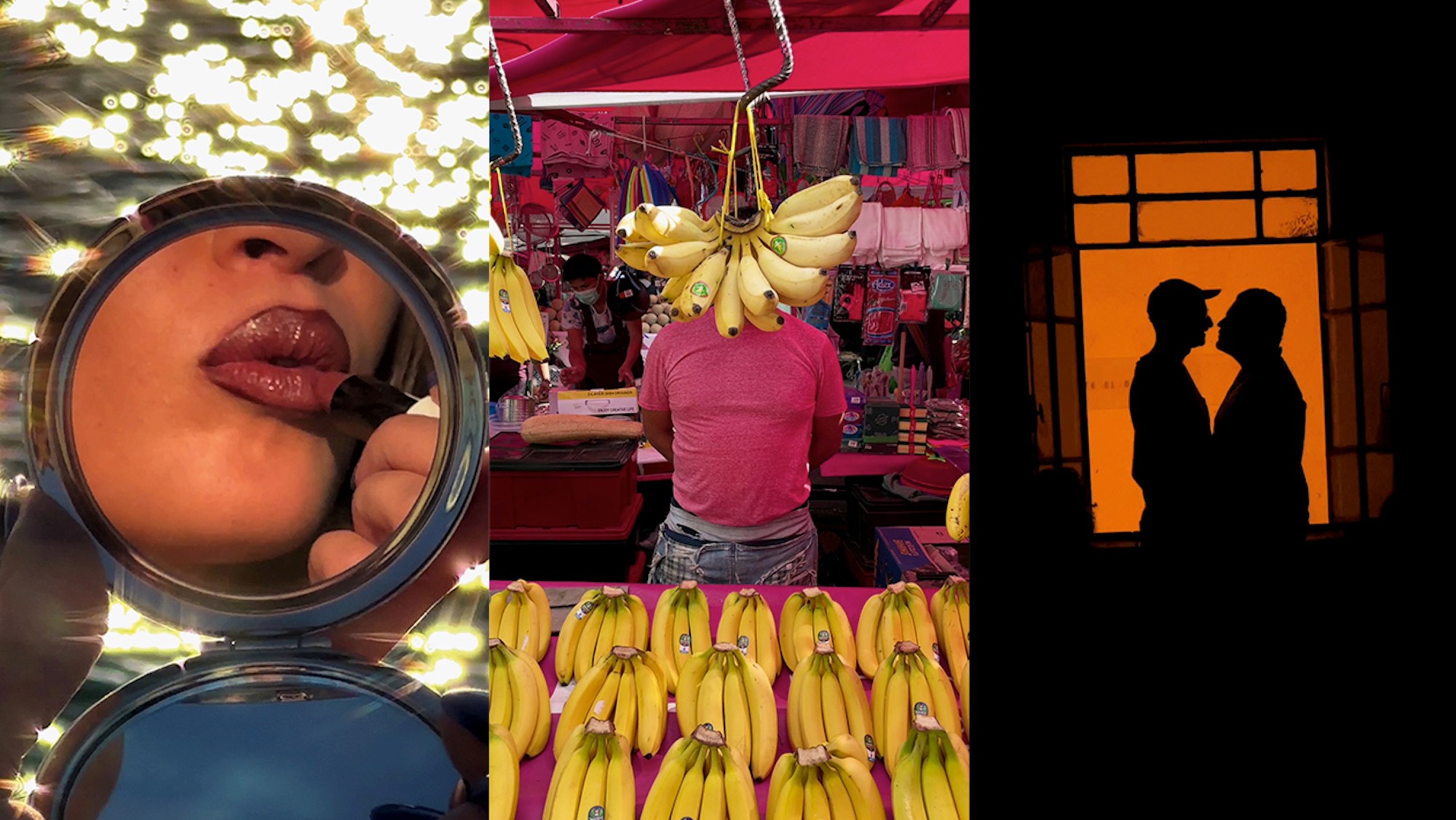As dawn breaks over Xochimilco, a lone boatman and his dog drift down a tree-lined river. Lazy golden rays pour through the branches, lending an oily thickness to the water, like black treacle. Later that day, as the sun climbs higher, its light growing pale and bright, an elegant older woman stalks through a cobbled square. We enjoy a plate of apricots, cherries and a roll spread with butter and jam. A pile of used espresso cups transform a draining board into a decadent graveyard. The time is 7:07 am, and we are… somewhere. By the late afternoon, we find ourselves bathing in a sea of humanity — people reading newspapers, people exercising in public, people jumping into water.
Welcome to Sam Youkilis’ Instagram, a place the photographer and filmmaker studies the foibles and peccadilloes of ordinary people — from the universal to the unique, the common to the utterly bizarre — until they begin to attain a mesmeric, textural power.
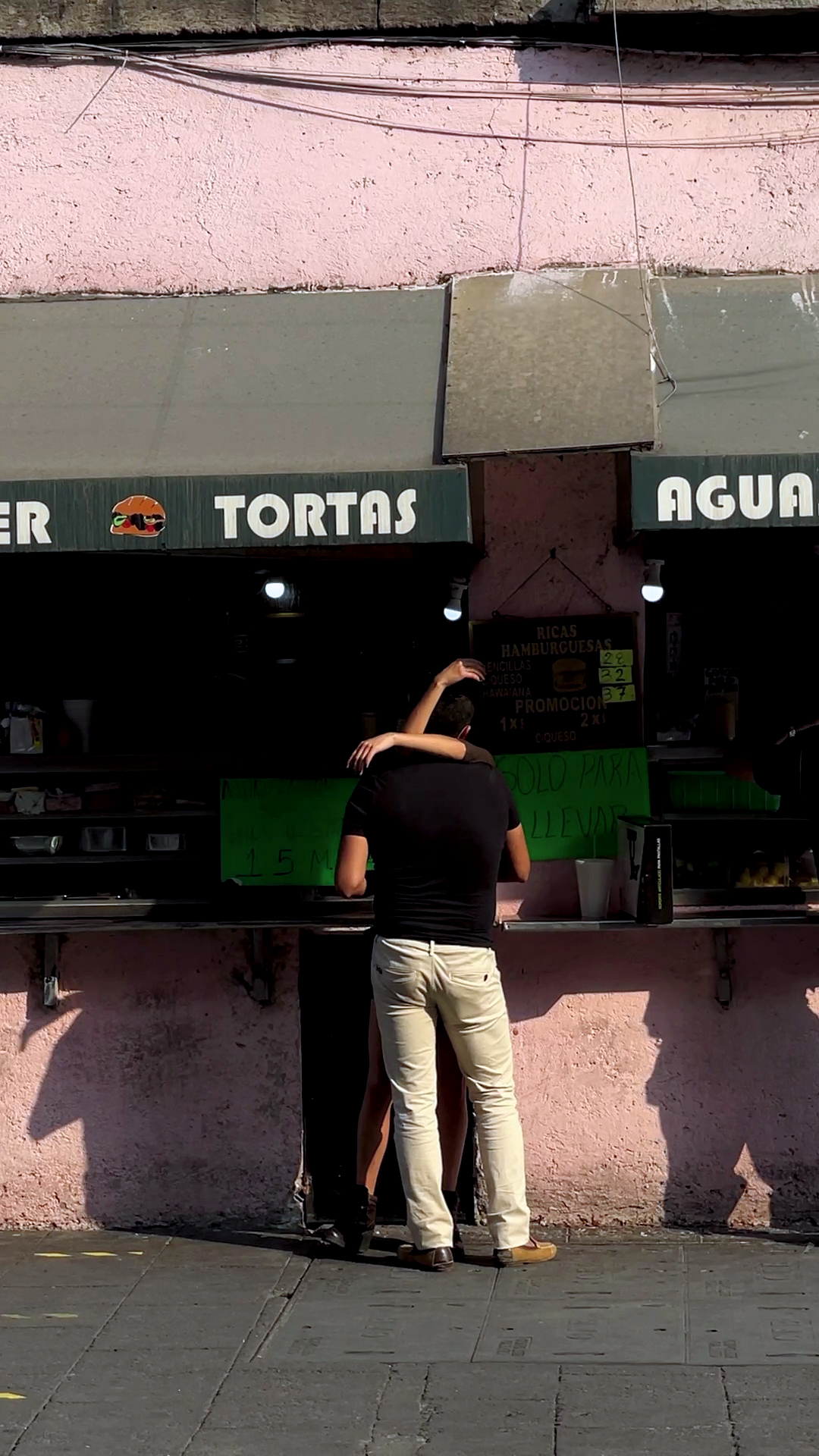
Instagram has never been a good platform for photographers or filmmakers. At its inception, it encouraged the kind of heavily edited shots of millennial culture that early iPhone cameras could just about manage. As camera lenses refined and the app began to enable a more discerning, curated visual language, so too did its demands on our time; the chronological feed sidelined to accommodate more loud, pointless adverts and memes.
But Sam, a New Yorker and a graduate of Stephen Shore’s photo department at Bard College, has found a space to create work that thrives because, not in spite of, the app’s design. To his half a million followers — a figure that dwarfs many of the biggest photographers on the app — he provides a sanctuary and respite from its more brain-scrambling offerings.
Based in Umbria, Italy, Sam films his adopted home with reverence, inspired by the enduring la dolce vita of things, as well as the country’s more mundane, anachronistic tendencies. Taking cues from the greats of Italian cinema, Pasolini and Fellini, Sam has elevated the vertical video to a new kind of art form, offering a record of now for Italy in the same vein that greats such as Ferdinando Scianna did for the mid-20th century.
His first monograph, Somewhere, published by Loose Joints, traces the course of a single day across various continents, pulling from his vast archive of stills and images collected over the past six years. We sat down to discuss the idea behind the monograph and what drives his work.
How did you go about collating and shaping six years worth of photographs into a single, streamlined monograph?
It was a lot of work. I often produce work thematically – some of these are more conscious than others, so it was a mix of categorising work by themes I already knew and recurring ideas I noticed and found while combing my archive.
The book is organised both chronologically and by subject. Were you surprised by any of the recurring themes that emerged whilst looking through your work en masse?
A lot of the themes we came up with were intentionally vague, so, of course, there will be overlap. There were also a lot of ideas tied quite directly to humanity, human behaviour and the human experience, so several of these different chapters could contain a lot of the same types of imagery. Distribution then was a game of what sequenced well and finding the smartest category for each of the images.

While some of the monograph’s chapter titles are relatively broad, e.g. Through a Window, others are hilariously specific, e.g. People Walking While Balancing Things on Their Heads; Butchers With Obscured Faces; Animals Where They Shouldn’t Be. How did you decide to organise by theme?
Animals Where They Shouldn’t Be to me is ambiguous, and it is one of the only categories where, as the author, I was asserting an opinion of judgment. The other two you mention are extremely specific. I wanted there to be a balance of more abstract ideas that could encompass many things and then some very literal and specific ones. Some of my images harbour a lot of meaning and can be interpreted in lots of ways, but a lot of them very literally are just a nice picture of figs, a pink wall, or namely a butcher with something obscuring his face.
Your work seems to exist in a perpetual, sun-baked summer. In one of the pieces accompanying the images, Lou Stoppard paraphrases Joan Didion, stating that “summer is faith. It gives a reason to push on, to have a reason to have a little conviction in oneself again.” What draws you to document summer?
I’m drawn to places with sea and sun – specifically in and around the Mediterranean. As a photographer, shadows, light, and sun are extremely important to me, and I’ve learned [they] directly correlate to my own personal happiness. Light, sun and shadows can help me feel and understand the passage of time.

Your work has amassed over half a million followers on Instagram. How do you experience that level of exposure and interactivity with your audience?
I’m extremely grateful for my audience and the reach my work has. It’s amazing to be able to have a feedback loop of such a wide and diverse audience responding to my imagery. I hope people like my work, but I also have to acknowledge it’s not for everyone – it’s very personal and occasionally abrasive and a bit provocative, but I’ve learned that it can’t really please everyone, nor should it. For me, it’s such a compliment when older generations appreciate and respond to what I do. I find it easy enough to appeal to a young audience, but when people tell me their parents or grandparents follow my work, it means even more to me.
There is something pleasingly anachronistic about your work, akin to Fellini’s Italy documented through an iPhone. How did you come upon this balance between nostalgia and contemporaneity?
I’ve mentioned this a bit, but my work in Italy tends to be about appreciating a slower way of life and documenting a mentality, behavioural traits and a way of being that I feel is rejected by younger generations and perhaps on the brink of disappearing. Simultaneously, I’m often working commercial fashion jobs and have to figure out how the things I make fit into these contexts.

Are you sentimental?
I don’t think I would make pictures if I wasn’t.
Can you tell us a little bit about your own relationship with Italy and what inspired you to relocate there?
I love Italians and have never felt more at home anywhere in the world. I’m obsessed with every region I’ve visited, and I’ve never met people so proud, warm and inviting. I moved into a family home in Umbria a couple of years ago and have since bought property and am finishing renovations on my own place. I’ve spent a lot of time here, but I’m constantly discovering new things. I’m obsessed with the diversity of landscapes, traditions and foodways across the country. Regionality in Italy and the customs belonging to each one differ village to village – but again, more than anything else, the people.
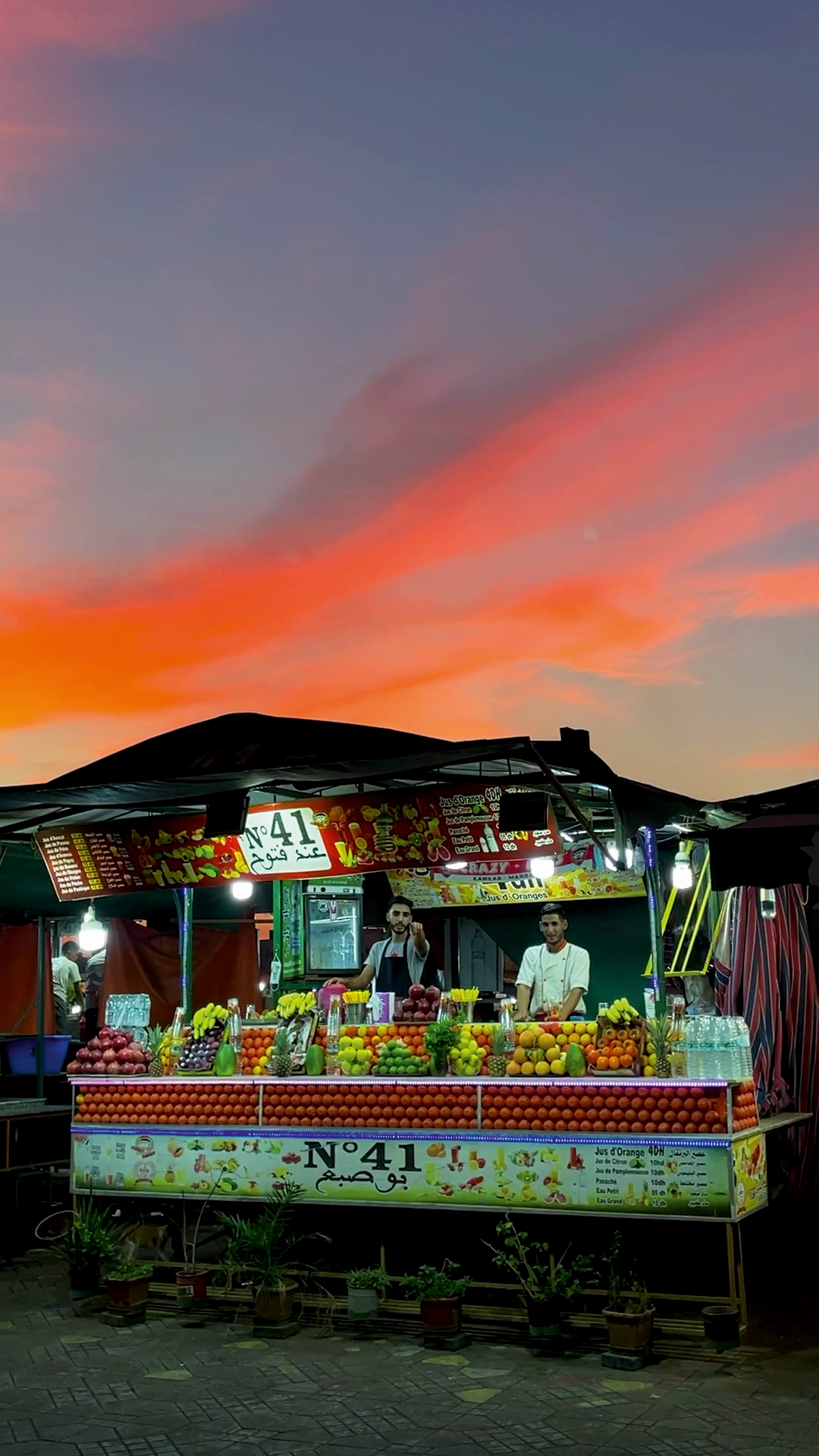
The immediacy of your images suggests a documentarian’s responsiveness to events, but do you ever plan compositions ahead of time?
Yeah, I mean, like so many documentary photographers, I often pick a post or set up a frame and wait for something to happen within it. I truly believe in the camera’s ability to will things happening within its frame. Simultaneously, I also often don’t have time to frame cleverly and carefully and have to photograph things happening in whatever setting/space they happen in if that thing itself is interesting enough.
There is a real sense of time, reflected in both the book’s textual element and in the progression of light as we move through the sequence of images. Can you talk about that?
My work is consumed more on Instagram than any other media, and the start of my video work was really the beginning of Instagram stories. They gave me parameters that are, in a way, arbitrary, and these have started to define my work. Temporally, the videos “exist” for the duration of a day – 24 hours –and begin in the morning and end when I sleep. If you follow me and watch my stories, it’s a very personal insight into my life and about my day from start to finish. I wanted the structure and sequence of the book to reflect this so it would be linear, and, ideally, you could feel time passing as you swipe through pages.

There is also an interesting balance of the mundane – eating, drinking, newspapers, windows – with the romantic – kissing, touching, sleeping. Matt Gould writes that: “In Sam’s world a halal butcher is as much a hero as a Michelin starred chef.” Do you have a sense of what draws you to particular subjects or scenes?
Matt’s sentiment is really important to me, actually. To me, reading the newspaper, a morning walk, a discarded receipt rolling down the street on a window day is as romantic or important as kissing, gestures of romance. The point of the book, in a way, is to level any hierarchy across this imagery and present my work democratically so no moment is given more value than others.
There is a palpable warmth in the way you document people, places and things. How much, if at all, do you tend to interact with your subjects?
A lot! If and when I have the chance, and often literally the language, to have an interaction with someone I’m photographing, learn about them, tell them about myself, I think the images are more intimate and powerful. So much of my work is the result of an interpersonal exchange like this. I also have friends who I photograph in a serial way over time – in the same and in different ways. In this way also, my photography is very literally about [the] passage of time, life and death and the meaning that accumulates through repetition.
‘Somewhere’ by Sam Youkilis is published by Loose Joints
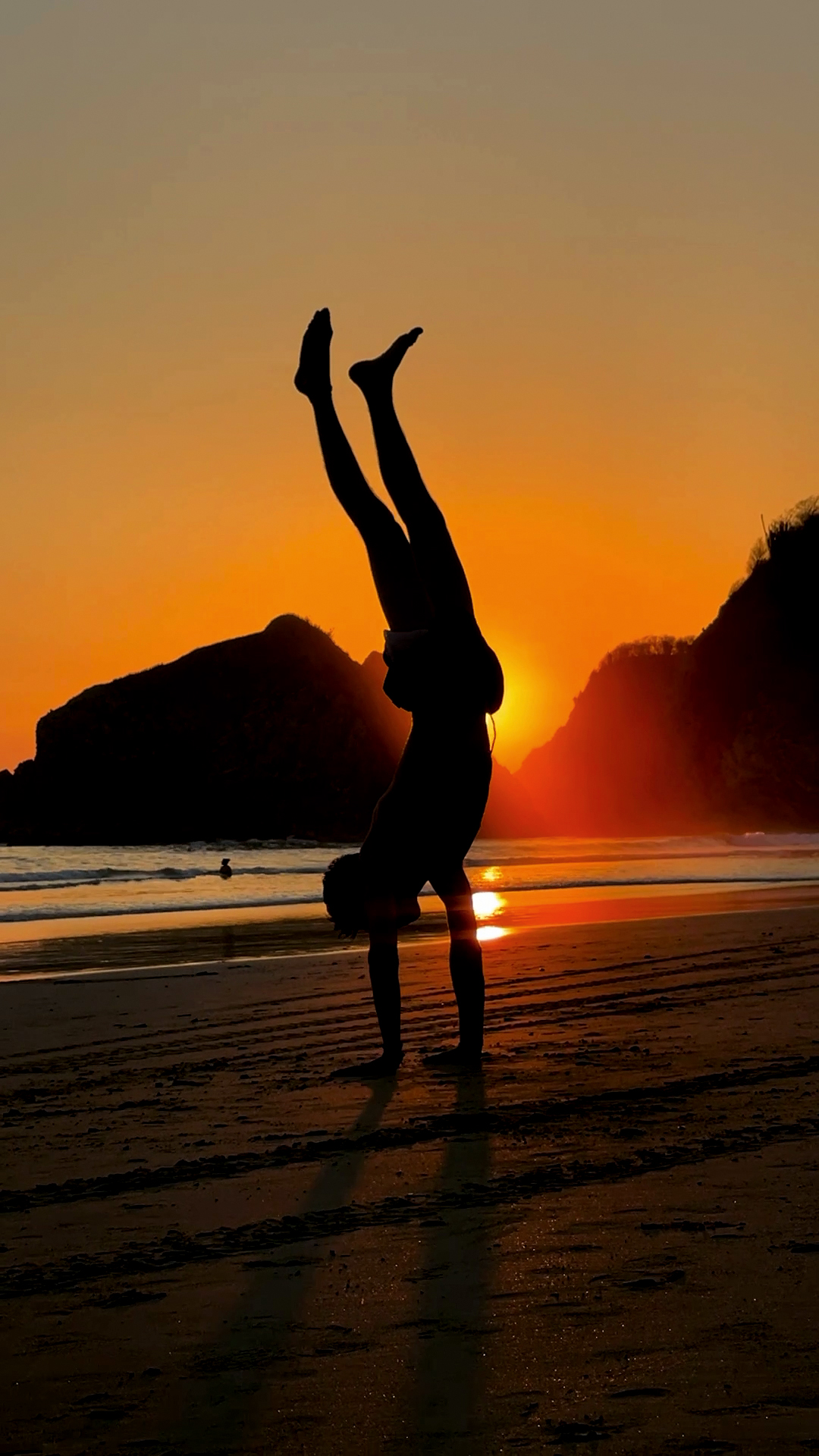
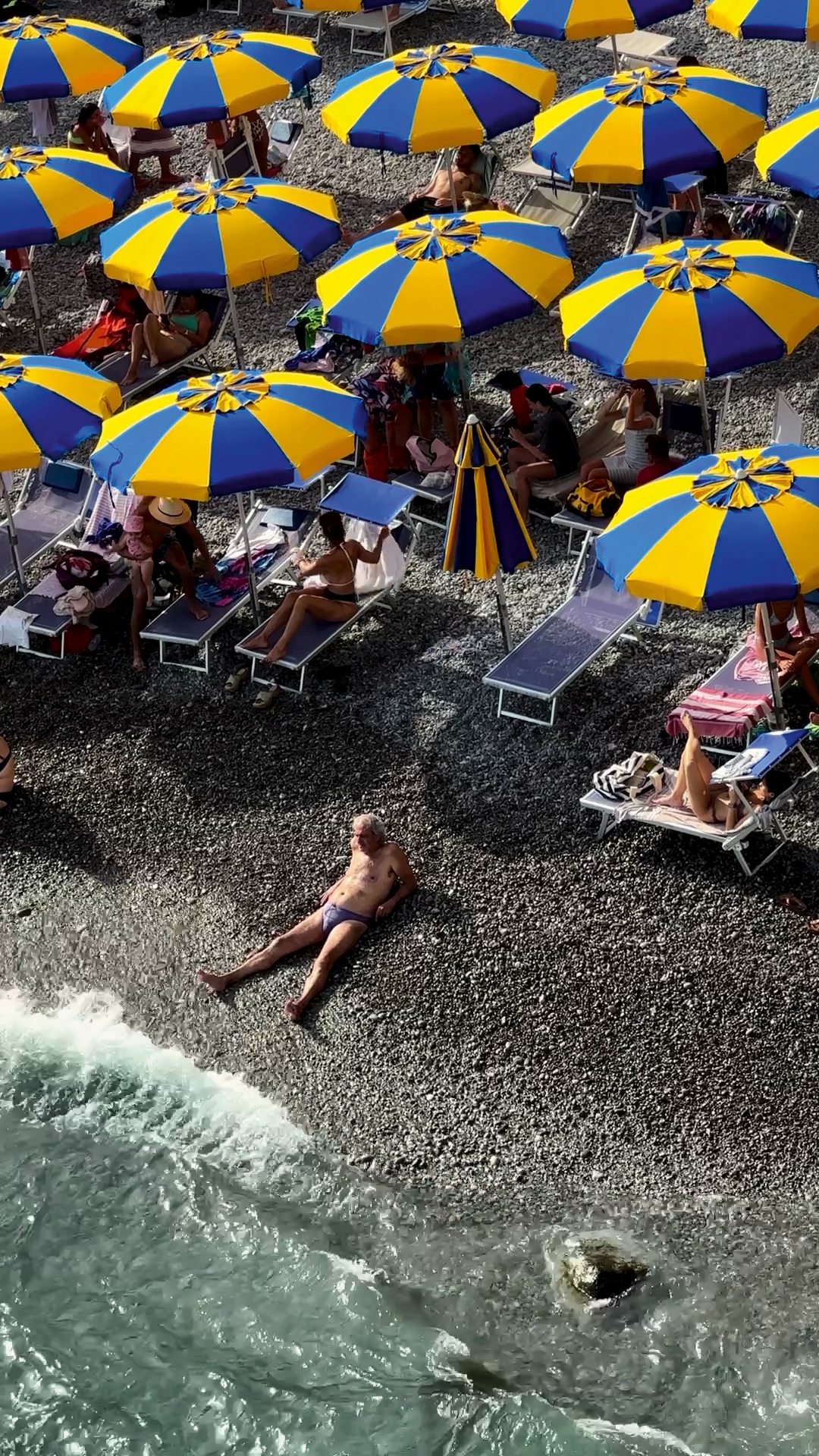


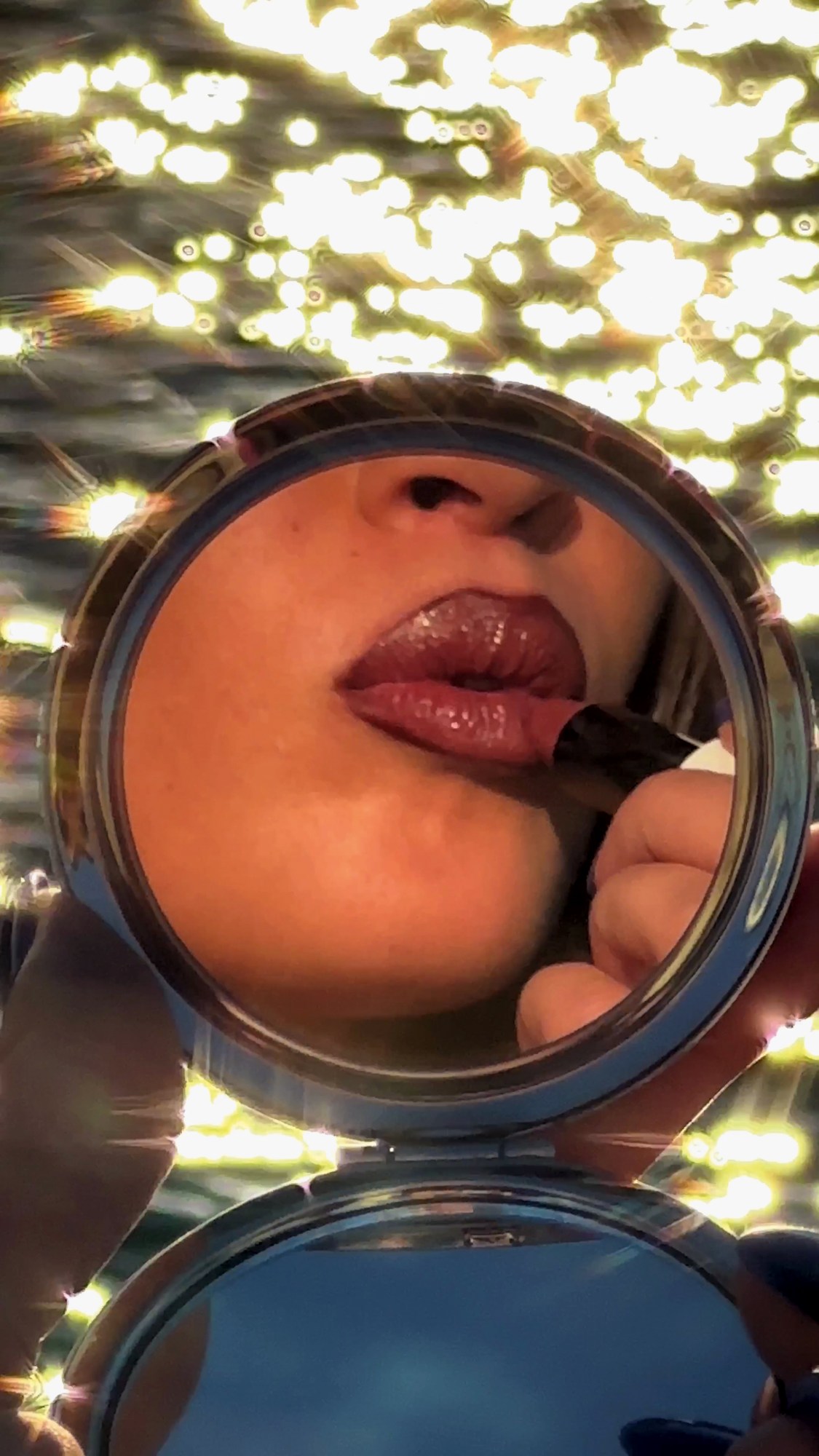
Credits
All photography © Sam Youkilis 2023 courtesy Loose Joints
